
Sogndalstrand er et lite tettsted helt sør i Rogaland. I dette idylliske miljøet finner du Sogndalstrand Kulturhotell i nyrestaurert tredrakt fra 1700/1800-tallet.
Sogndalstrand er verdt et besøk. Dette er det eneste tettstedet i Norge hvor både trehusbebyggelsen fra 1700- og 1800- tallet, samt omkringliggende kulturlandskap er fredet av Riksantikvaren. Sogndalstrand var et gammelt ladested og egen kommune frem til 1944. Ladestedet var et tettsted, hvor borgerne hadde privilegium til å drive handel, vareinnførsel (lossing) og vareutførsel (lading). I dag har vi Sogndalstrand Kulturhotell, kunstgalleri, landhandel, fiskerimuseum og utendørs amfi med varierte konserter og skuespill gjennom hele året. Du finner også skulpturmolo, merket topptur, sanitæranlegg, moderne gjestekai – og ikke minst havrafting.
Sogndalstrand Kulturhotell består av 10 ulike hus. Et utradisjonelt hotell – åpent for restaurantgjester, overnatting, kurs og konferanser, feiringer og festlige anledninger. Folvik Kafé byr på alt fra enklere retter til de flotteste selskaper. Det er pub i det gamle fengselet, som er åpent enkelte dager, og i maritime lokaler holdes kurs og konferanser. Her er også en liten landhandel med en rekke lokale produkter.
Les mer her om Sogndalstrand Kulturhotell her
As early as the 1660s, Sogndalstrand was mentioned as one of the most important small towns in Norway. In 1858, the town became its own municipality, and even before that, it had held trading rights for centuries. In 1944, several outlying areas merged to form Sokndal municipality. By 1863, the town had over 500 residents.
Fishing was important for this coastal town. In 1886, 763 salmon were caught from the river, with an average weight of six kilograms. In addition to fishing, people made a living from trade, shipping, and agriculture. In the 1870s, there were 20 shops, four bakeries, two liquor stores, and four pubs. There was also a customs office, a bank, a spinning mill, a sailing harbor, a post office, a midwife, a priest, and even its own prison. This prison was often used as a drunk tank when things got out of hand on Saturday nights.
Norway's industrialization also affected Sogndalstrand. People moved to the cities and the herring disappeared, which caused difficulties for the fishermen. The shops closed, one after another, and Sogndalstrand eventually became a ghost town. The houses fell into disrepair, and the last shop closed in 1994.
Hele landsbyen ble til slutt forlatt. Eli og Jan Oddvar Omdal ble imidlertid interessert i Sogndalstrand, og i 1994 leide de «Krambua» (fra 1862) og startet med Krambukafé, som et idealistisk engasjement for å fokusere på dette unike bostedet. Hotellet startet i en av bygningene til det gamle Skredderhuset (fra 1831), og i dag består Sogndalstrand Kulturhotell av 10 forskjellige bygninger, som innkvarterer både private gjester og har flotte konferanserom med utsikt direkte til lakseelva Sokna. Hotellet har også en restaurant med fokus på kortreist, hjemmelaget mat. Det eldste huset er fra 1831 og alle rommene er unike. Bosetningen i Sogndalstrand har blitt bevart siden 1994 – sammen med det kulturelle landskapet rundt. Riksantikvaren har kalt stedet «Kystens Røros».
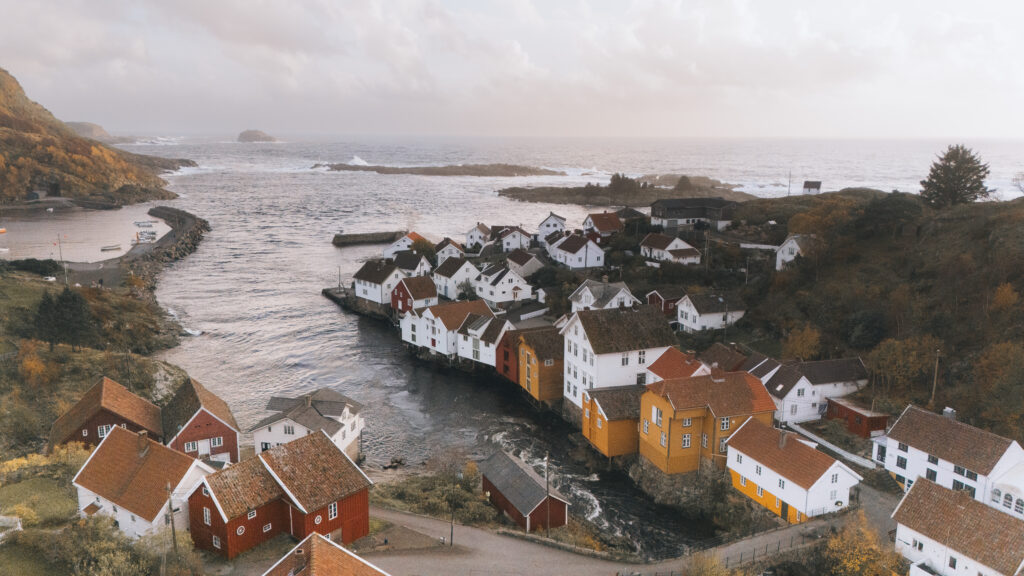
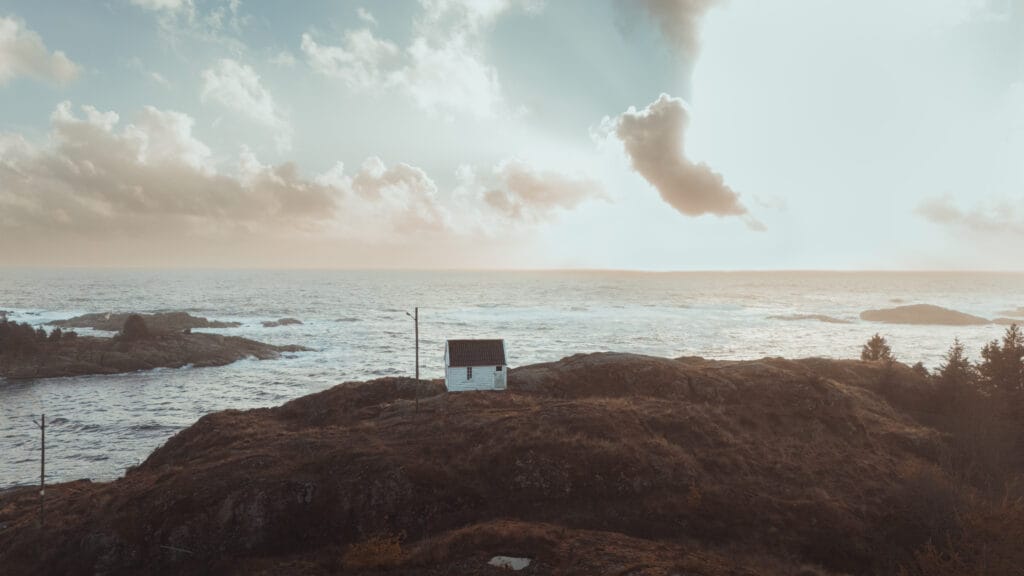

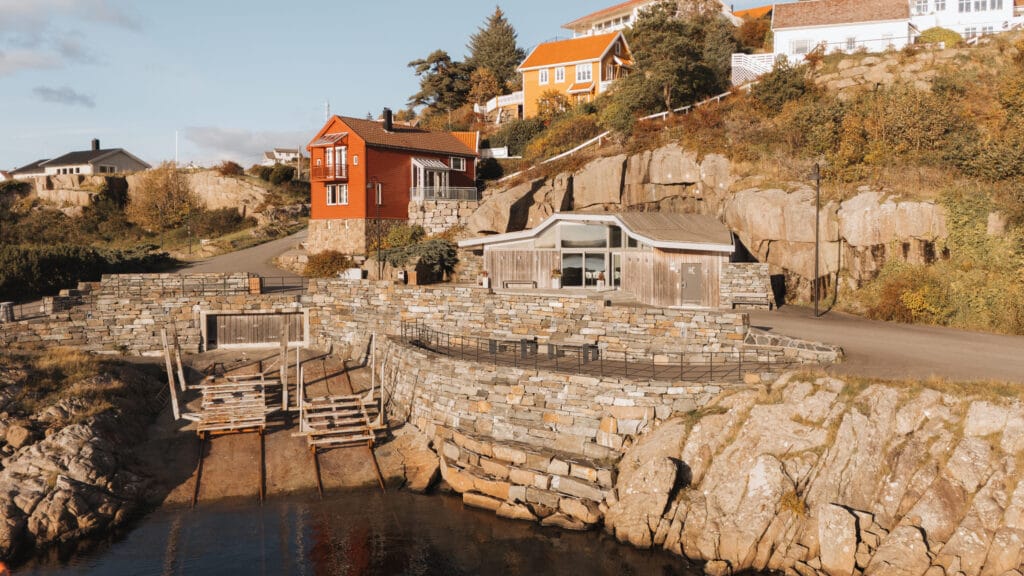
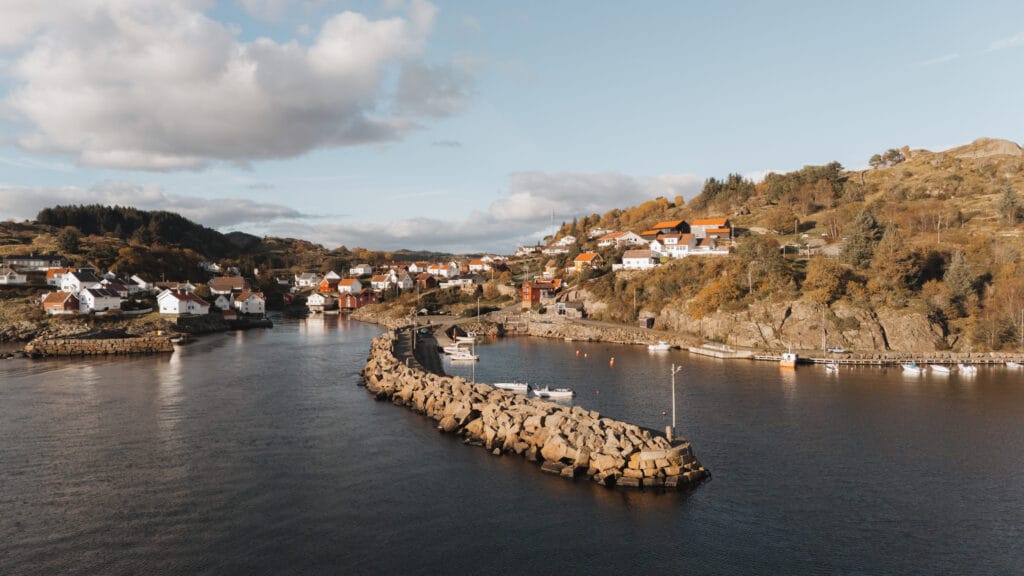
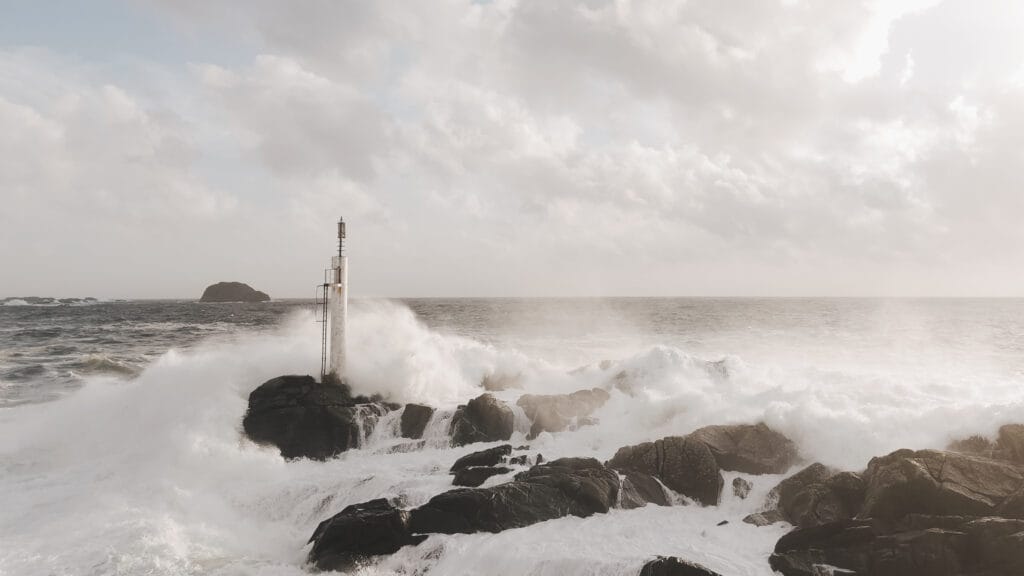

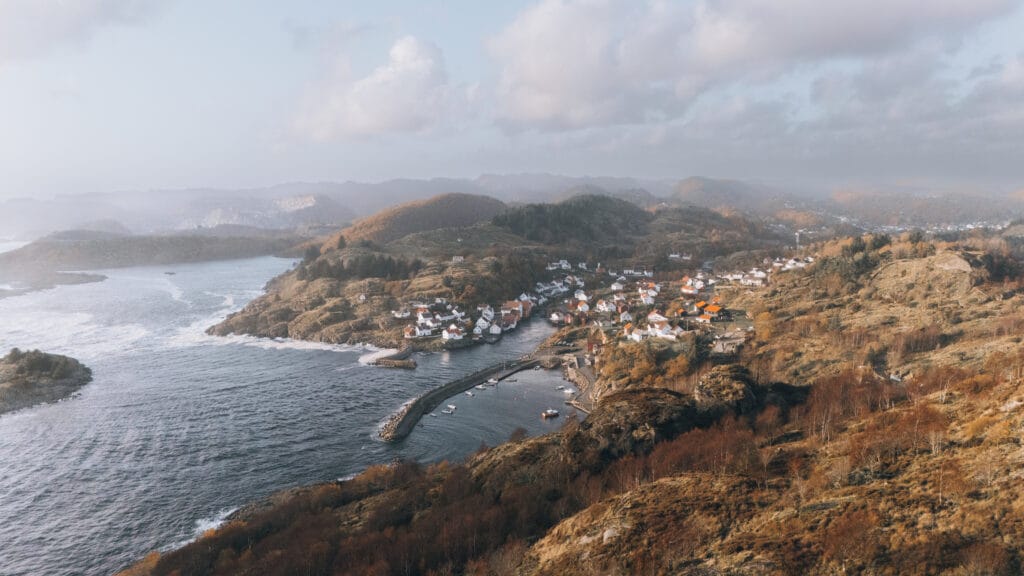
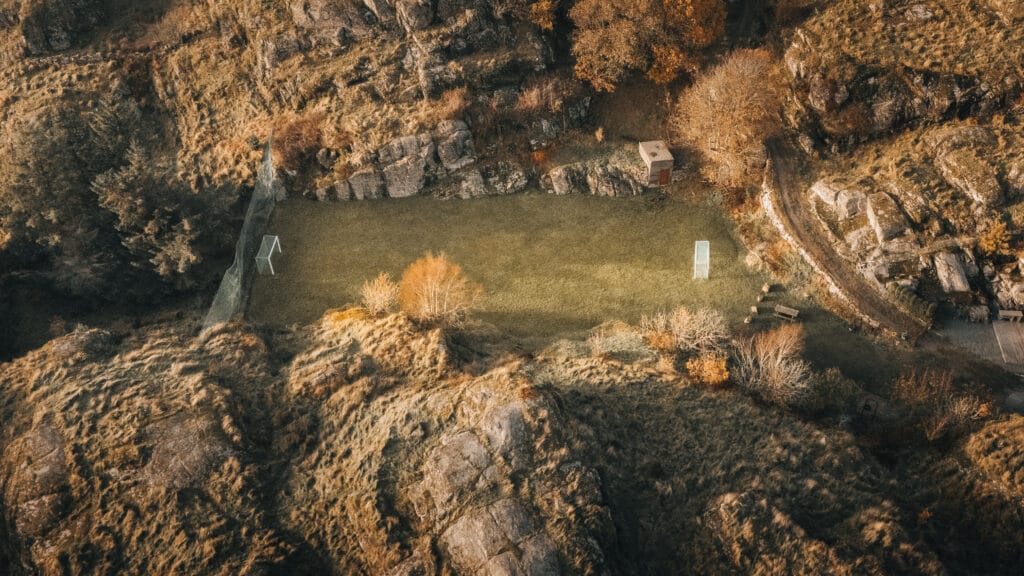
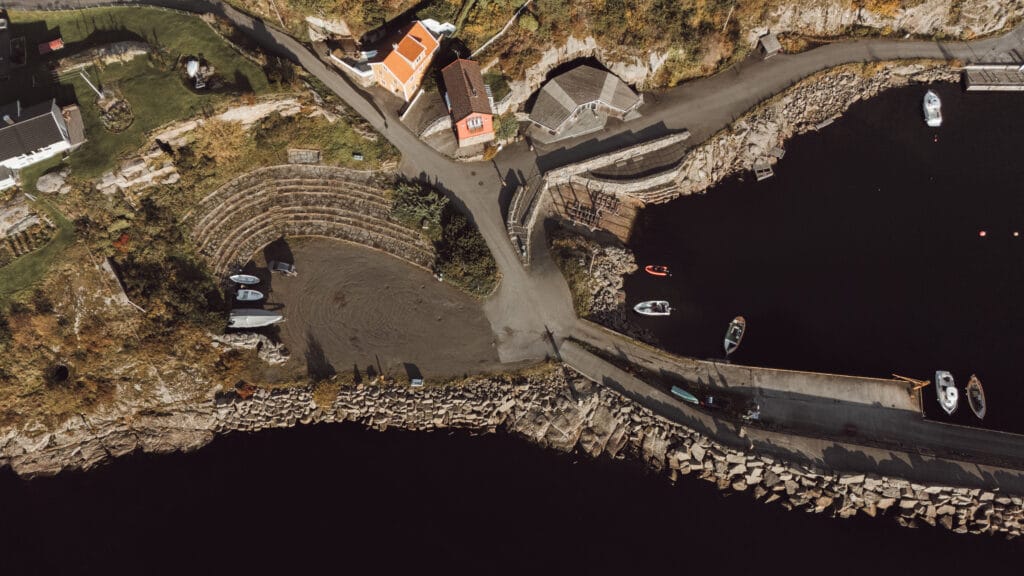
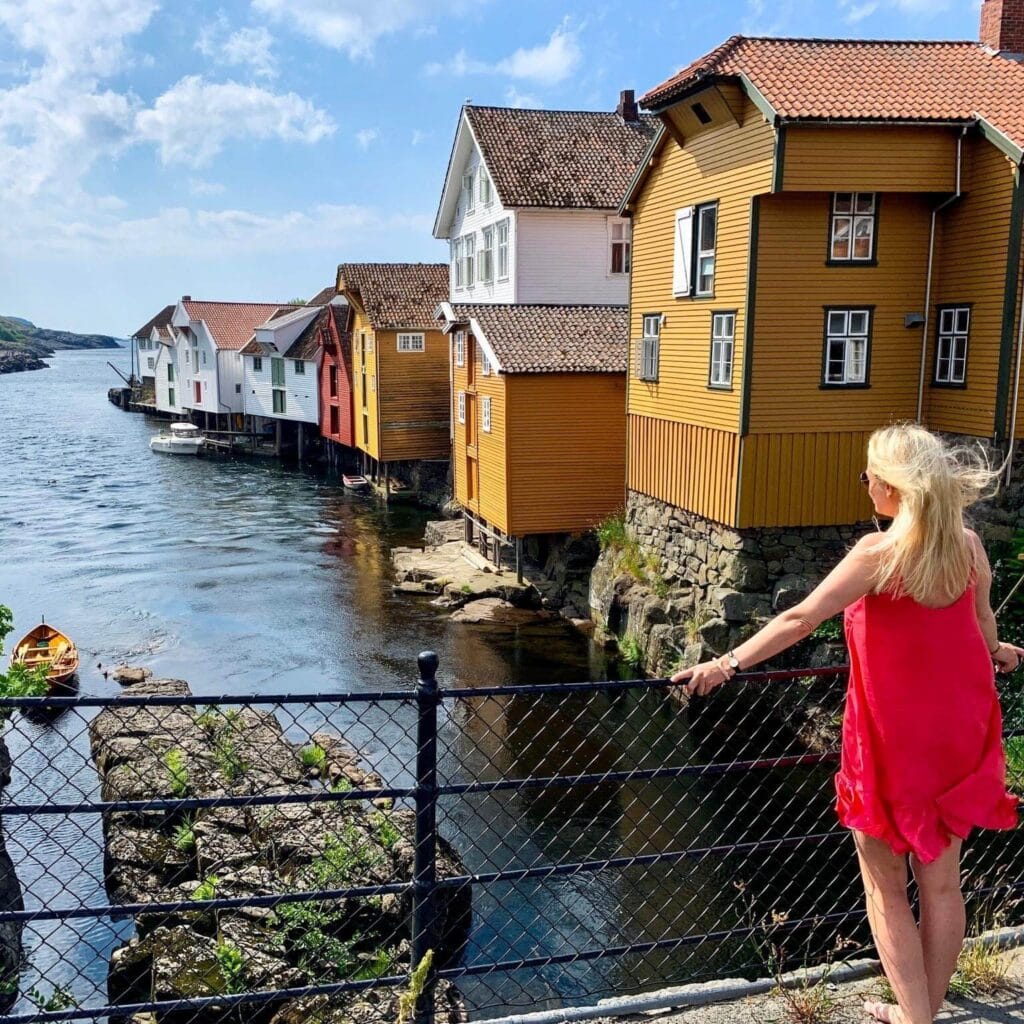
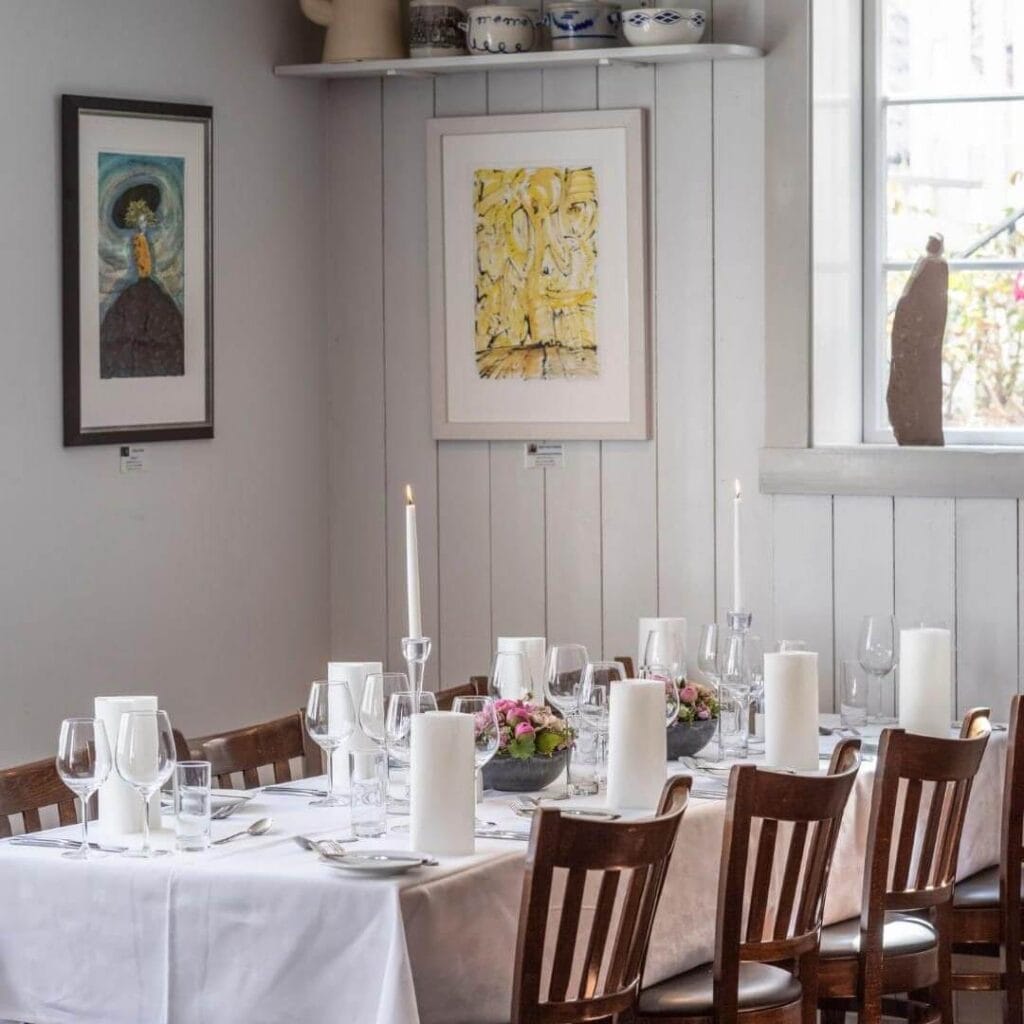
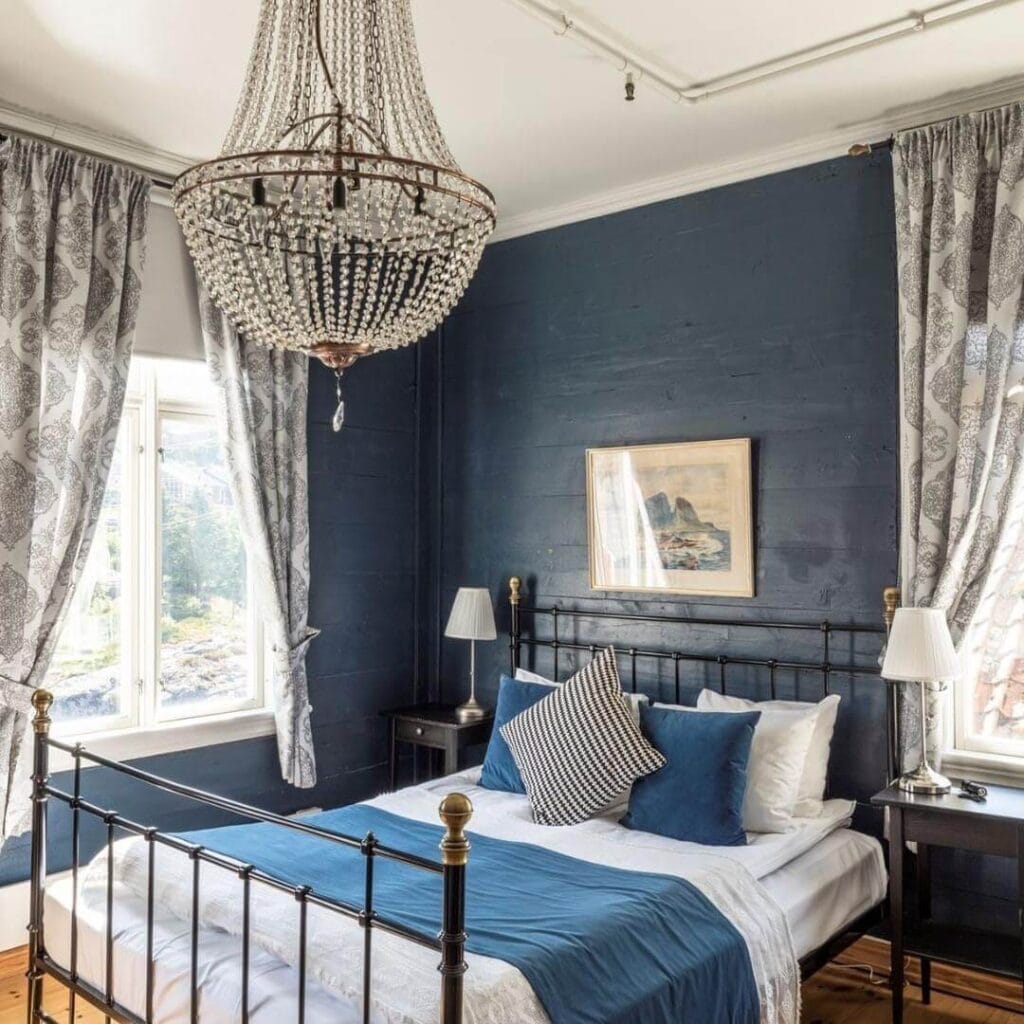
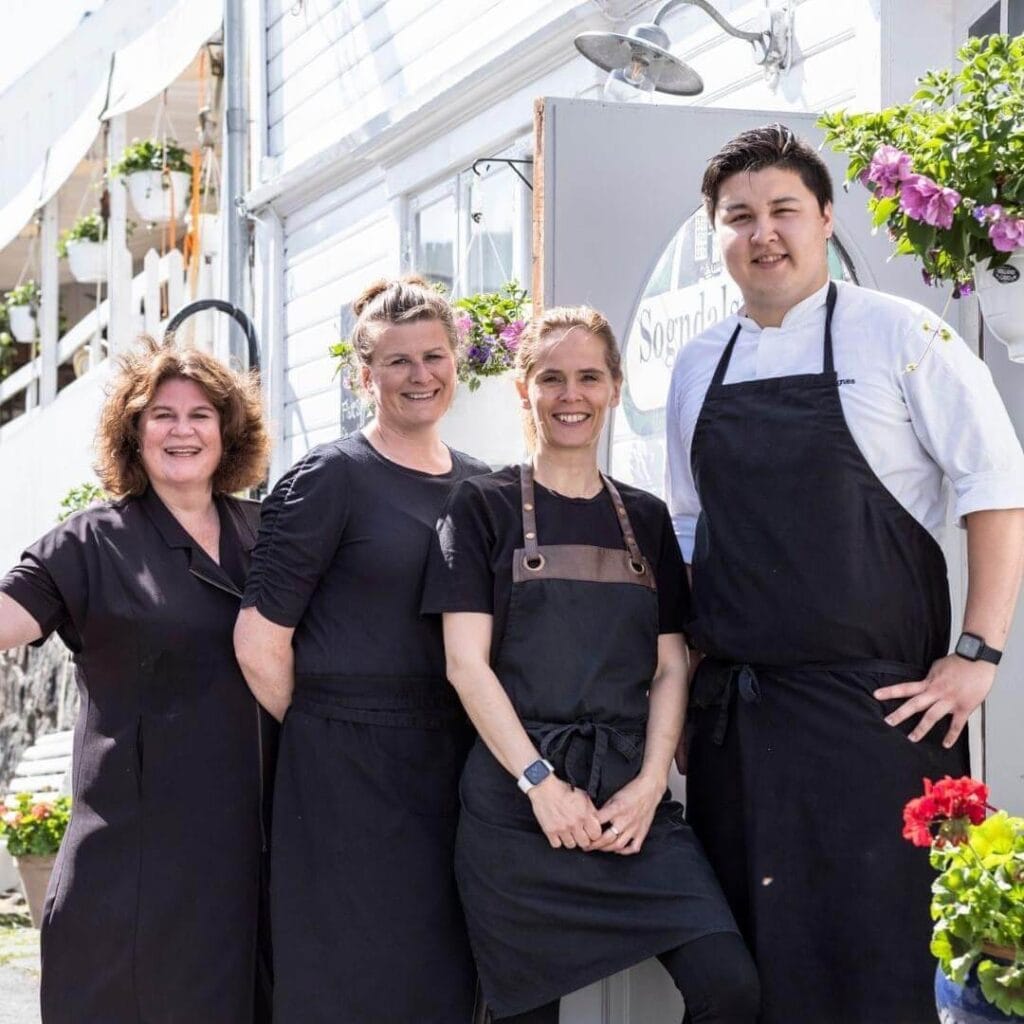
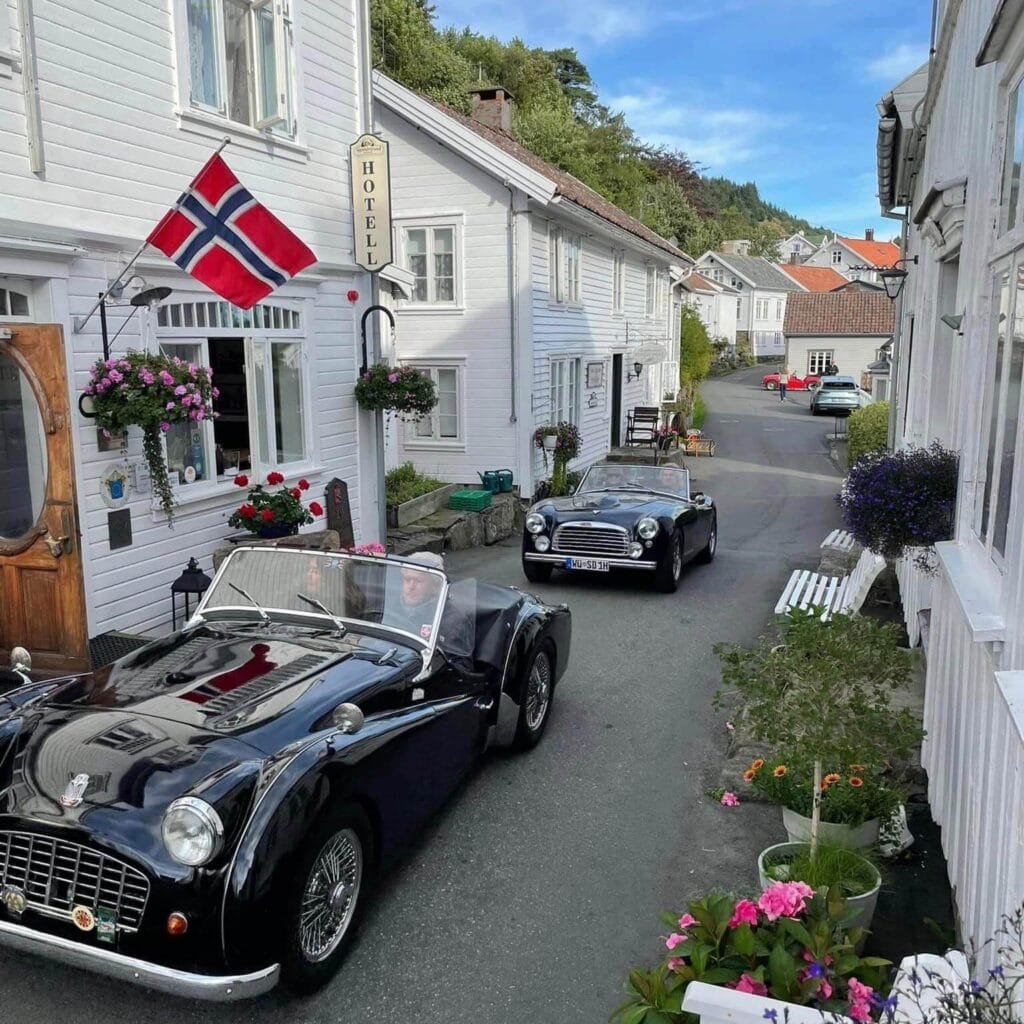

How to get there?
From Egersund; follow the RV44 to the south and follow the signs to the Sogndalstrand
From Flekkefjord; follow the RV44 to the west and follow the signs to the Sogndalstrand
See also: Visit Norway – Sogndalstrand
See also: Fjordnorway – Sogndalstrand
Category:
Geopark, Historic places, cultural, Magma Geopark Sites, Sokndal, Top 20
See more experiences in Magma Geopark